Wastewater Treatment
Significance And Treatment Of Drugs In Wastewater
Views : 8
Significance And Treatment Of Drugs In Wastewater
Source: https://www.pharmecology.com
Author: Charlotte A. Smith, R. Ph., M.S.
Usually dispatched in 2 to 3 days
Usually dispatched in 2 to 3 days
Category:
Wastewater Treatment
Only logged in customers who have purchased this product may leave a review.
Related books
Advanced Wastewater Treatment By Nanofiltration And Activated Carbon For High Quality Water Reuse
Hybrid processes combining activated carbon and nanofiltration have been studied to identify the optimum solution for advanced wastewater treatment in high quality water reclamation and reuse. With a focus on the removal of bulk and trace organic compounds the investigation identified three promising process combinations, namely powdered activated carbon followed by nanofiltration (PAC/NF), granular activated carbon followed by nanofiltration (GAC/NF) and nanofiltration followed by granular activated carbon (NF/GAC). The removal potential was examined in lab and pilot scale for a range of refractory pharmaceuticals and industrial chemicals typically detected in effluent in trace concentrations ranging from ng/L to μg/L. Fluorescence excitation emission spectroscopy was employed for the investigation of the fate of effluent organic matter. The optimum strategies for operation of the hybrid processes were determined in pilot scale. The experiments were conducted at the Wastewater Treatment Plant Aachen Soers providing an effluent of high quality with low dissolved organic carbon (DOC) concentrations of about 5 mg/L.
Advanced Wastewater Treatment By Nanofiltration And Activated Carbon For High Quality Water Reuse
Hybrid processes combining activated carbon and nanofiltration have been studied to identify the optimum solution for advanced wastewater treatment in high quality water reclamation and reuse. With a focus on the removal of bulk and trace organic compounds the investigation identified three promising process combinations, namely powdered activated carbon followed by nanofiltration (PAC/NF), granular activated carbon followed by nanofiltration (GAC/NF) and nanofiltration followed by granular activated carbon (NF/GAC). The removal potential was examined in lab and pilot scale for a range of refractory pharmaceuticals and industrial chemicals typically detected in effluent in trace concentrations ranging from ng/L to μg/L. Fluorescence excitation emission spectroscopy was employed for the investigation of the fate of effluent organic matter. The optimum strategies for operation of the hybrid processes were determined in pilot scale. The experiments were conducted at the Wastewater Treatment Plant Aachen Soers providing an effluent of high quality with low dissolved organic carbon (DOC) concentrations of about 5 mg/L.
Advanced Oxidation Processes for Water Treatment
This book provides an overview of the most studied AOPs, some of which are largely implemented for water remediation. The fundamental principles, kinetic modeling, water quality impact on process performance, byproduct formation, economics, examples of research and pilot studies, full-scale applications and future research needs are discussed for each advanced oxidation process.
Advanced Oxidation Processes for Water Treatment
This book provides an overview of the most studied AOPs, some of which are largely implemented for water remediation. The fundamental principles, kinetic modeling, water quality impact on process performance, byproduct formation, economics, examples of research and pilot studies, full-scale applications and future research needs are discussed for each advanced oxidation process.
Discharge quality from municipal wastewater treatment plants and the Sludge Biotic Index for activated sludge: integrative assessment
Abstract
Wastewater treatment plants (WWTPs) are scrutinized by Environmental Authorities particularly regarding the compliance to discharge limit values fixed by national and local regulations. An integrated approach is necessary to achieve the objectives established with Directive 2000/60/EC (WFD) considering the ecological status of the receiving water body and the quality of the discharge. Specifically, documentary, technical, management and analytical controls should be developed. Moreover, integrative information on the behaviour of the activated sludge in the aeration tank can be useful for plant managers as well as for the regulating Authorities. The study presents the experience concerning WWTP regulation considering the analytic assessment of the discharge as well the monitoring of the Sludge Biotic Index (SBI) for activated sludge. Data from monitoring during the period 2008–14 on SBI values and chemical and microbiological data on the discharges of a sample of 35 WWTPs in the province of Venice (north-east Italy, Veneto region) are presented and discussed. Together with chemical and microbiological analysis, the SBI appears to be a highly useful index for the integrative assessment of plant functionality, in particular when monitoring and identifying critical situations that can determine the exceedance of discharge limit values. The SBI method, in an integrated control approach, can be used for small and medium sized WWTPs that only treat domestic wastewaters. In a case by case assessment this may even substitute part of the analytical monitoring carried out in the WWTPs' control process.
Discharge quality from municipal wastewater treatment plants and the Sludge Biotic Index for activated sludge: integrative assessment
Abstract
Wastewater treatment plants (WWTPs) are scrutinized by Environmental Authorities particularly regarding the compliance to discharge limit values fixed by national and local regulations. An integrated approach is necessary to achieve the objectives established with Directive 2000/60/EC (WFD) considering the ecological status of the receiving water body and the quality of the discharge. Specifically, documentary, technical, management and analytical controls should be developed. Moreover, integrative information on the behaviour of the activated sludge in the aeration tank can be useful for plant managers as well as for the regulating Authorities. The study presents the experience concerning WWTP regulation considering the analytic assessment of the discharge as well the monitoring of the Sludge Biotic Index (SBI) for activated sludge. Data from monitoring during the period 2008–14 on SBI values and chemical and microbiological data on the discharges of a sample of 35 WWTPs in the province of Venice (north-east Italy, Veneto region) are presented and discussed. Together with chemical and microbiological analysis, the SBI appears to be a highly useful index for the integrative assessment of plant functionality, in particular when monitoring and identifying critical situations that can determine the exceedance of discharge limit values. The SBI method, in an integrated control approach, can be used for small and medium sized WWTPs that only treat domestic wastewaters. In a case by case assessment this may even substitute part of the analytical monitoring carried out in the WWTPs' control process.
Chemical Cleaning Of Ultrafiltration Membrane After Treatment Of Oily Wastewater
Abstract:
Oily wastewaters and Oil–in-water emulsions are two of the major pollutants of the environment. Ultrafiltration (UF) membranes play an important role in the treatment and reuse of oily wastewaters. Fouling of UF membranes is typically caused by inorganic and organic materials present in wastewaters that adhere to the surface and pores of the membrane and result in the deterioration of performance with a consequent increase in energy costs and membrane replacement. In the experiments, polyacrylonitrile (PAN) and outlet wastewater of the API (American Petroleum Institute) separator unit of Tehran refinery as membrane and feed were used, respectively. Fouling and cleaning experiments were performed with oily wastewater and selected cleaning agents using a laboratory scale cross flow test unit. The results showed that metal chelating agent (ethylene diamine tetra acetic acid disodium salt-2-hydrate (EDTA)) and an anionic surfactant (sodium dodecyl sulfate (SDS)) were able to Clean the fouled UF membrane effectively by optimizing chemical (pH) and physical
(cleaning time, cross flow velocity (CFV) and temperature) conditions during cleaning. Flux recovery and resistance removal were found to improve with increasing CFV, temperature, pH, cleaning time and concentration of the cleaning chemicals. In this paper, the cleaning mechanism is also investigated.
Chemical Cleaning Of Ultrafiltration Membrane After Treatment Of Oily Wastewater
Abstract:
Oily wastewaters and Oil–in-water emulsions are two of the major pollutants of the environment. Ultrafiltration (UF) membranes play an important role in the treatment and reuse of oily wastewaters. Fouling of UF membranes is typically caused by inorganic and organic materials present in wastewaters that adhere to the surface and pores of the membrane and result in the deterioration of performance with a consequent increase in energy costs and membrane replacement. In the experiments, polyacrylonitrile (PAN) and outlet wastewater of the API (American Petroleum Institute) separator unit of Tehran refinery as membrane and feed were used, respectively. Fouling and cleaning experiments were performed with oily wastewater and selected cleaning agents using a laboratory scale cross flow test unit. The results showed that metal chelating agent (ethylene diamine tetra acetic acid disodium salt-2-hydrate (EDTA)) and an anionic surfactant (sodium dodecyl sulfate (SDS)) were able to Clean the fouled UF membrane effectively by optimizing chemical (pH) and physical
(cleaning time, cross flow velocity (CFV) and temperature) conditions during cleaning. Flux recovery and resistance removal were found to improve with increasing CFV, temperature, pH, cleaning time and concentration of the cleaning chemicals. In this paper, the cleaning mechanism is also investigated.
Module 16 : Activated Sludge Process- Part 2
•List the key monitoring points within the activated sludge process and explain what to look for at those points.
•List five key process control parameters and for each parameter, explain what it is, why it is used and how it is calculated
•List the daily process control tasks that need to be accomplished and explain how to perform them.
Module 16 : Activated Sludge Process- Part 2
•List the key monitoring points within the activated sludge process and explain what to look for at those points.
•List five key process control parameters and for each parameter, explain what it is, why it is used and how it is calculated
•List the daily process control tasks that need to be accomplished and explain how to perform them.
Adsorption And Biological Filtration In Wastewater Treatment
Over the last few decades adsorption has gained paramount importance in industry and environmental protection. Adsorption processes are widely applied for separation and purification because of the high reliability, energy efficiency, design flexibility, technological maturity and the ability to regenerate the exhausted adsorbent. One method of important extending the adsorption treatment processes is biofiltration. The biological filter relies on the activities of the community of micro-organisms that become attached onto the filter media. Microbes oxidize organic matters in water to produce energy and therefore available nutrients sources in feed water are essential for their development. Biofiltration can effectively remove organic matter that is not able to be removed from water and biologically treated sewage effluent in conventional sewage treatment. The microbial attachment process, the factors that influence biological filtration, the kinetics of microbial growth and details of the microbial community in the biofilter are discussed in detail. There are several types of biofilters including submerged filters, trickling filter, bed filter, fluidised bed. The different biofilters are described and a comparison between them is provided. The application of biofilters for treating various types of wastewater effluent is detailed.
Adsorption And Biological Filtration In Wastewater Treatment
Over the last few decades adsorption has gained paramount importance in industry and environmental protection. Adsorption processes are widely applied for separation and purification because of the high reliability, energy efficiency, design flexibility, technological maturity and the ability to regenerate the exhausted adsorbent. One method of important extending the adsorption treatment processes is biofiltration. The biological filter relies on the activities of the community of micro-organisms that become attached onto the filter media. Microbes oxidize organic matters in water to produce energy and therefore available nutrients sources in feed water are essential for their development. Biofiltration can effectively remove organic matter that is not able to be removed from water and biologically treated sewage effluent in conventional sewage treatment. The microbial attachment process, the factors that influence biological filtration, the kinetics of microbial growth and details of the microbial community in the biofilter are discussed in detail. There are several types of biofilters including submerged filters, trickling filter, bed filter, fluidised bed. The different biofilters are described and a comparison between them is provided. The application of biofilters for treating various types of wastewater effluent is detailed.
Module 8: Overview of Advanced Wastewater Treatment Processes
• Identify the source and general types of wastewater odors.
• List three potential impacts of odors.
• List three factors affecting the existence of odors.
• Name a commonly used method to reduce odors from wastewater.
• Describe three methods for solving odor problems in air.
Module 8: Overview of Advanced Wastewater Treatment Processes
• Identify the source and general types of wastewater odors.
• List three potential impacts of odors.
• List three factors affecting the existence of odors.
• Name a commonly used method to reduce odors from wastewater.
• Describe three methods for solving odor problems in air.
Aerated Ponds
The content of this technical sheet on “aerated ponds” is based primarily on the following publications:
“Aerated Pond”, compiled by Eawag (Swiss Federal Institute of Aquatic Science and Technology),
Dorothee Spuhler (international Gmbh) published on SSWM (http://www.sswm.info) (2015).
“Aerated, partial mix lagoons”, Technology Fact Sheet 832-F-02-008, published by U.S. EPA (2002).
“Principles of design and operations of wastewater treatment pond systems for plant operators,
engineers, and managers”, EPA/600/R-11/088, published by U.S. EPA (August 2011).
Aerated Ponds
The content of this technical sheet on “aerated ponds” is based primarily on the following publications:
“Aerated Pond”, compiled by Eawag (Swiss Federal Institute of Aquatic Science and Technology),
Dorothee Spuhler (international Gmbh) published on SSWM (http://www.sswm.info) (2015).
“Aerated, partial mix lagoons”, Technology Fact Sheet 832-F-02-008, published by U.S. EPA (2002).
“Principles of design and operations of wastewater treatment pond systems for plant operators,
engineers, and managers”, EPA/600/R-11/088, published by U.S. EPA (August 2011).
Lesson D1 Guidelines and Standards for Wastewater Reuse
Due to water shortage, wastewater reuse has gained great importance in many parts of the world. Wastewater reuse practices have become valuable source in water resources management. As an independent source of water, reclaimed water can increase the reliability of water supply. Reclaimed wastewater requires effective measures to protect public health and the environment. Strong wastewater reuse guidelines and regulations are developed for the purpose. It is difficult to establish wastewater guidelines and regulations that can suit all regions in the world. Among the broad reasons for this as limiting factors, are economics of countries relating chosen treatment technologies and additionally, the local context of a region must be taken into consideration in settings. Almost all wastewater reuse guidelines and regulations are bacteriological-based. Some of them consider biochemical parameters. In this lesson you will comprehend the importance as well as the necessity of setting wastewater reuse guidelines and regulations. You will be aware of arising problems
for getting universal valid standards. You will get an overview of guidelines and regulations existing worldwide and regionally.
Lesson D1 Guidelines and Standards for Wastewater Reuse
Due to water shortage, wastewater reuse has gained great importance in many parts of the world. Wastewater reuse practices have become valuable source in water resources management. As an independent source of water, reclaimed water can increase the reliability of water supply. Reclaimed wastewater requires effective measures to protect public health and the environment. Strong wastewater reuse guidelines and regulations are developed for the purpose. It is difficult to establish wastewater guidelines and regulations that can suit all regions in the world. Among the broad reasons for this as limiting factors, are economics of countries relating chosen treatment technologies and additionally, the local context of a region must be taken into consideration in settings. Almost all wastewater reuse guidelines and regulations are bacteriological-based. Some of them consider biochemical parameters. In this lesson you will comprehend the importance as well as the necessity of setting wastewater reuse guidelines and regulations. You will be aware of arising problems
for getting universal valid standards. You will get an overview of guidelines and regulations existing worldwide and regionally.

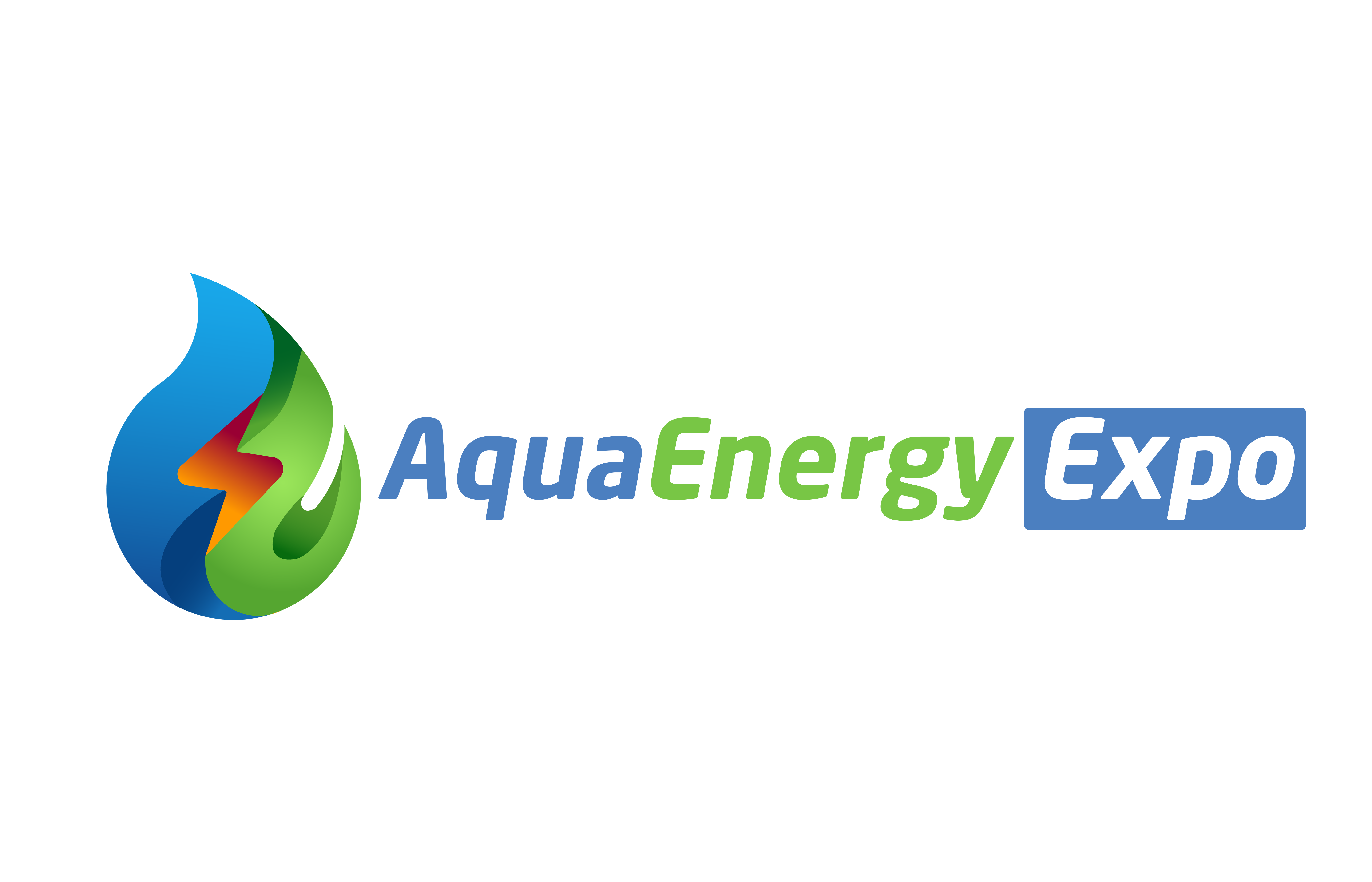

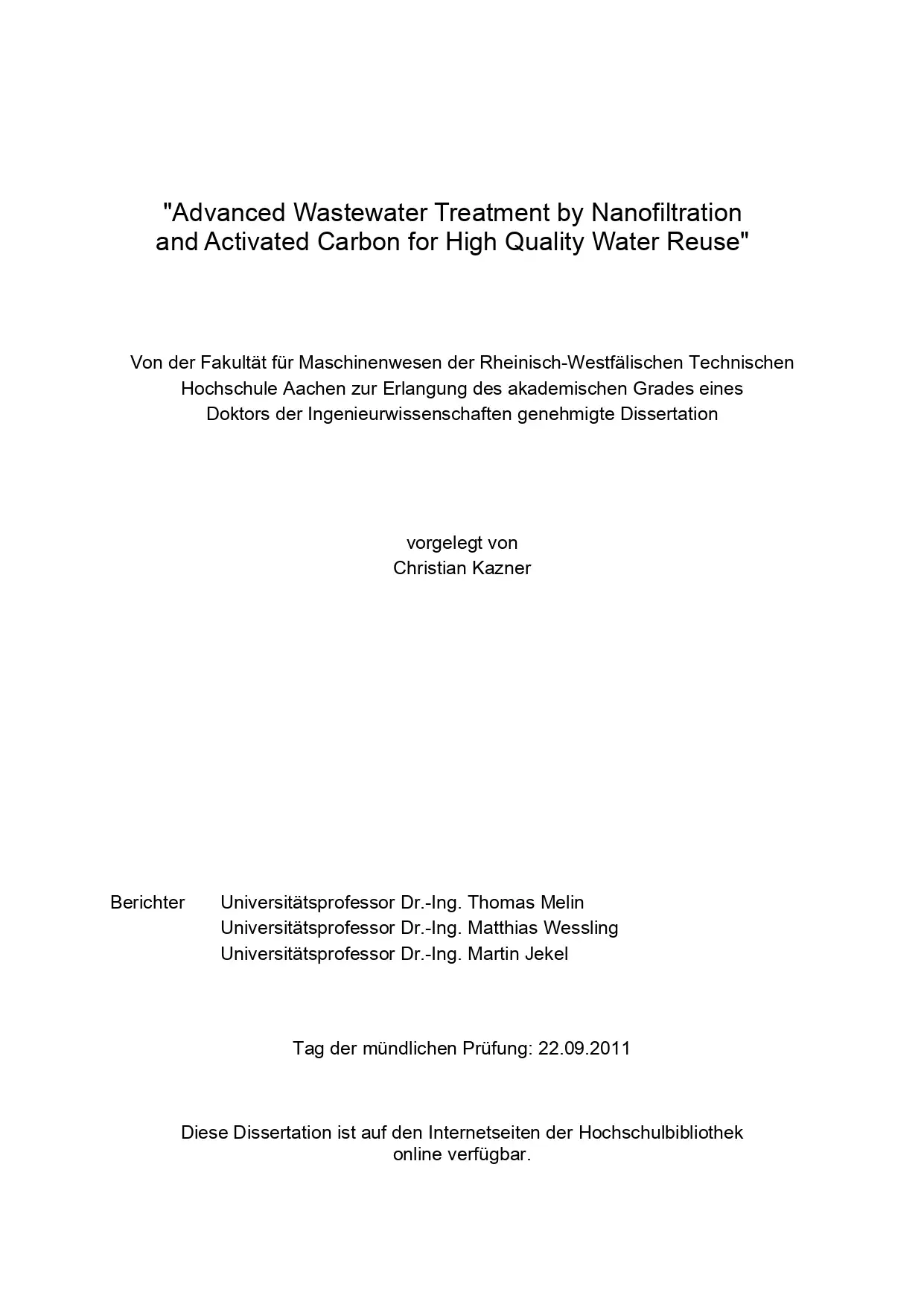
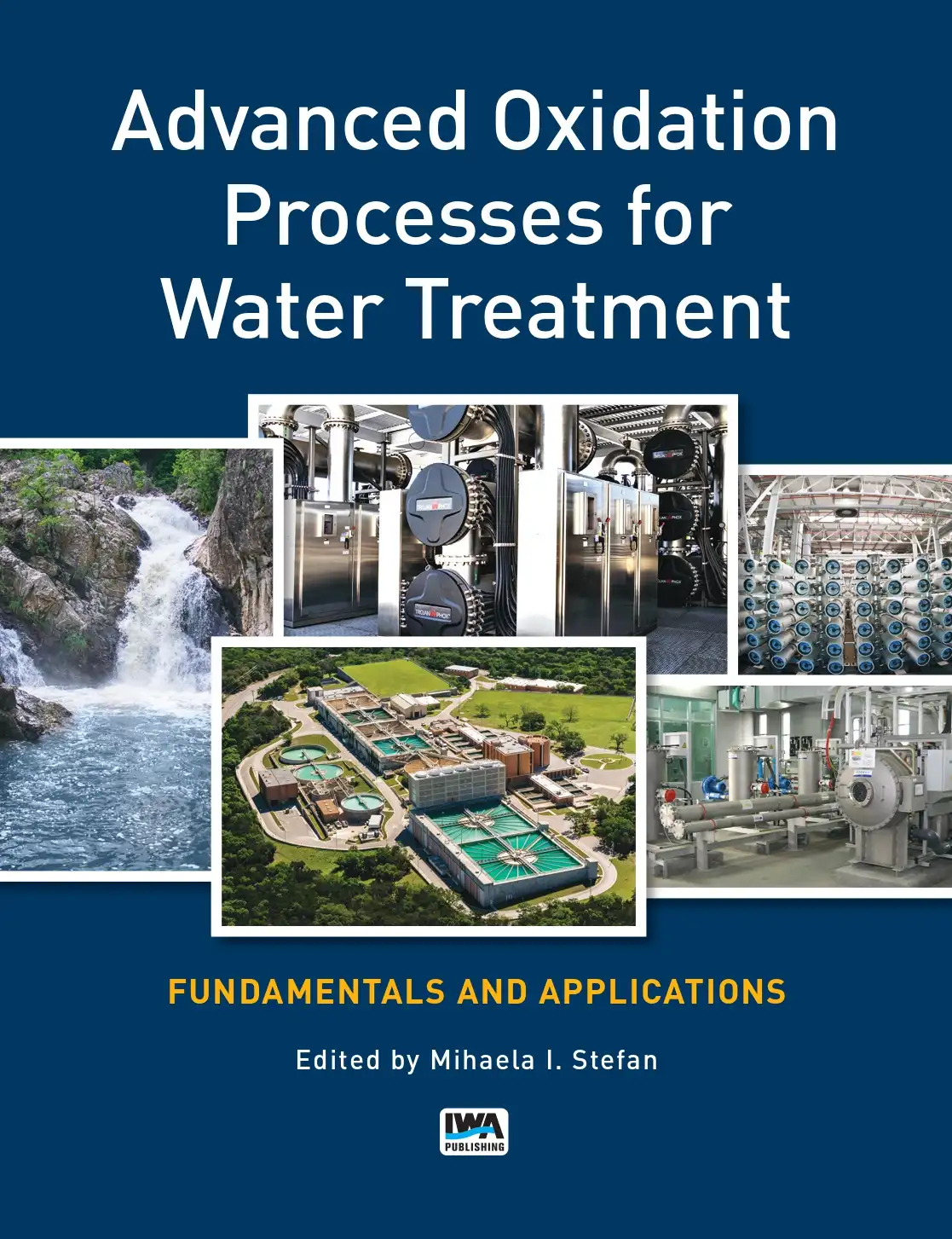
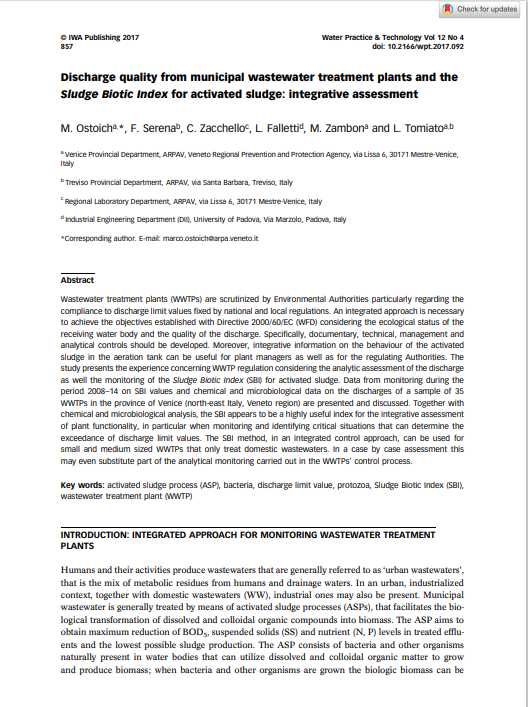

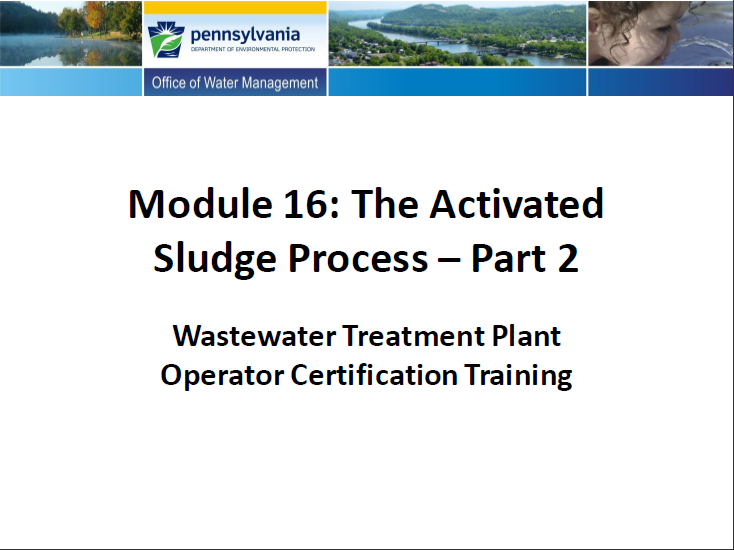

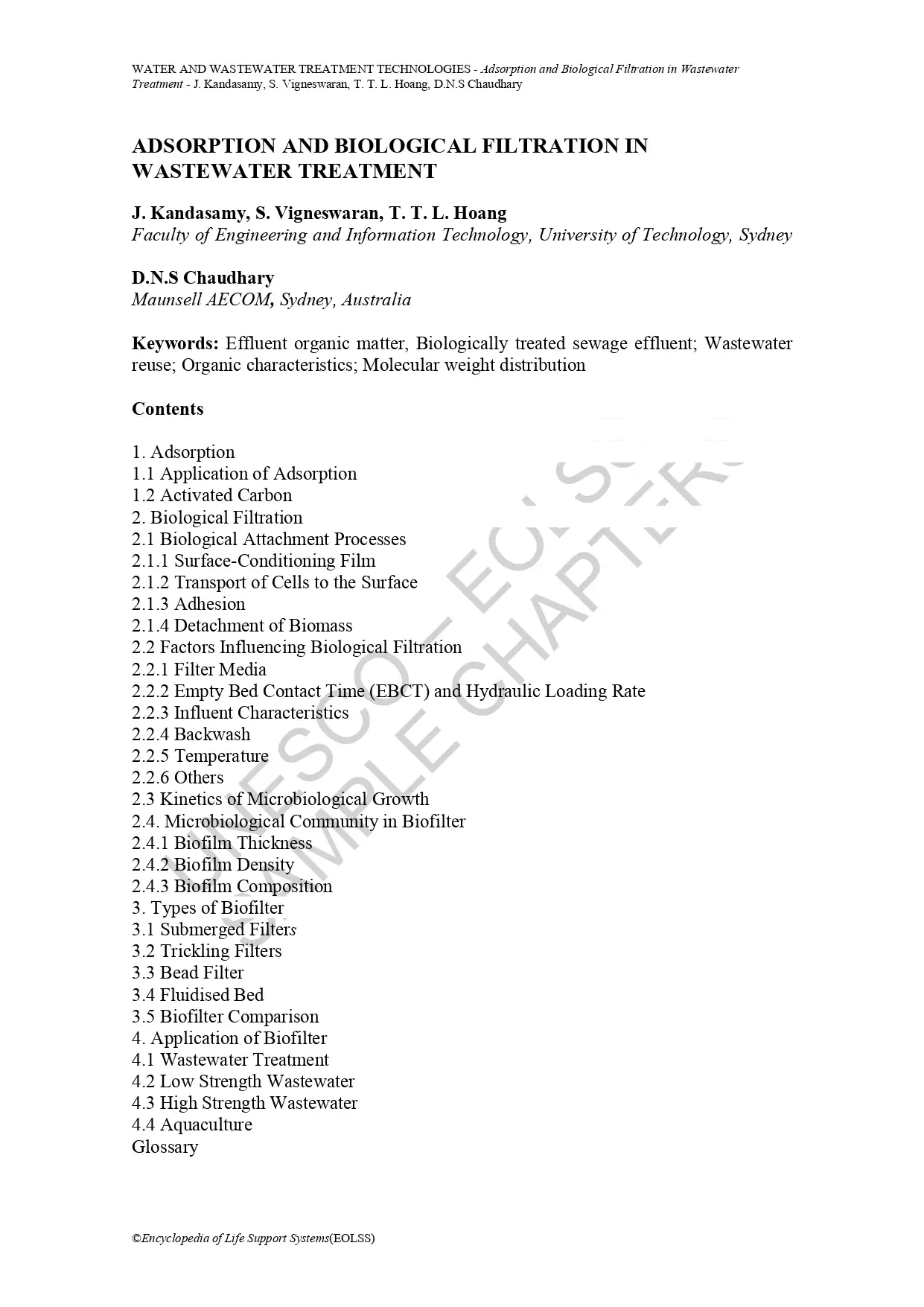
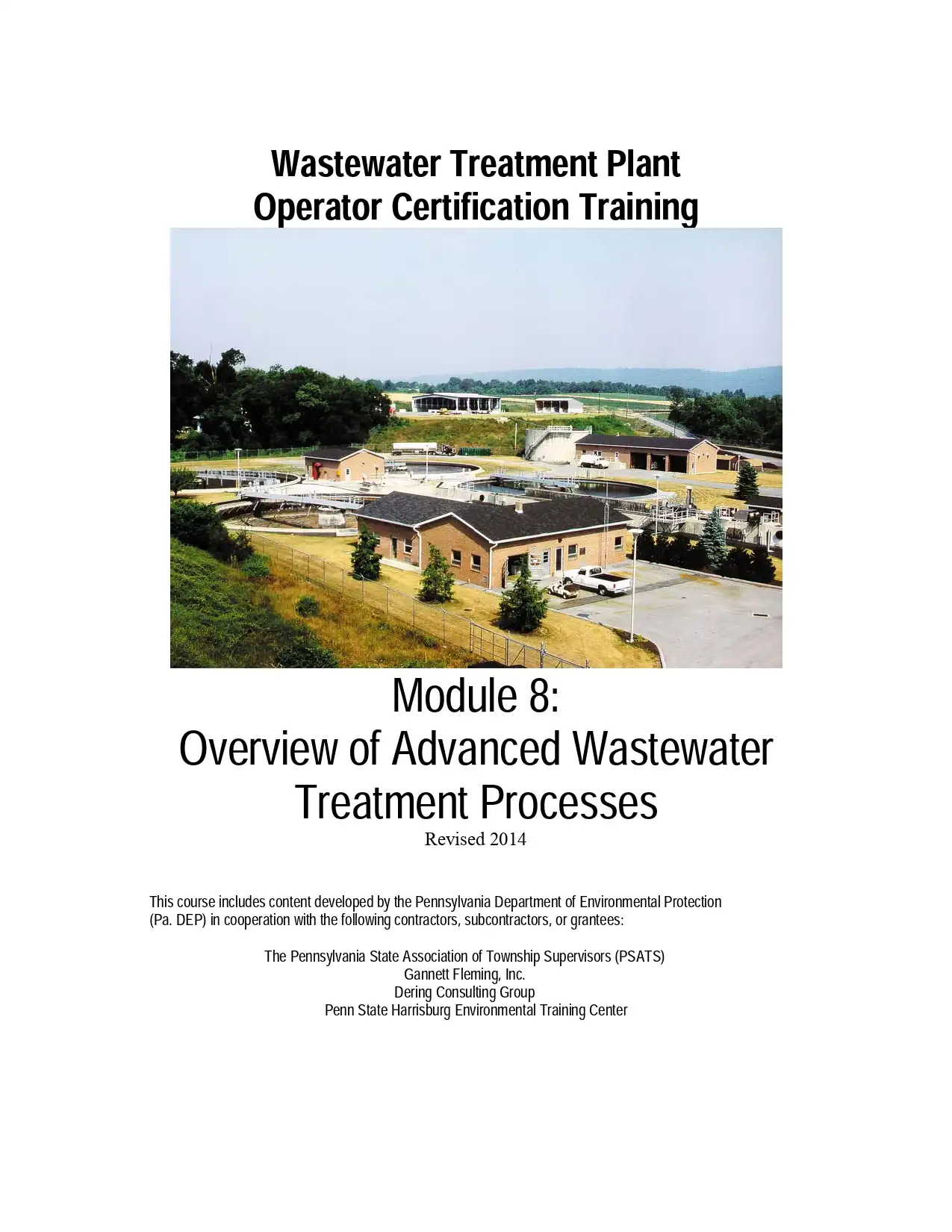
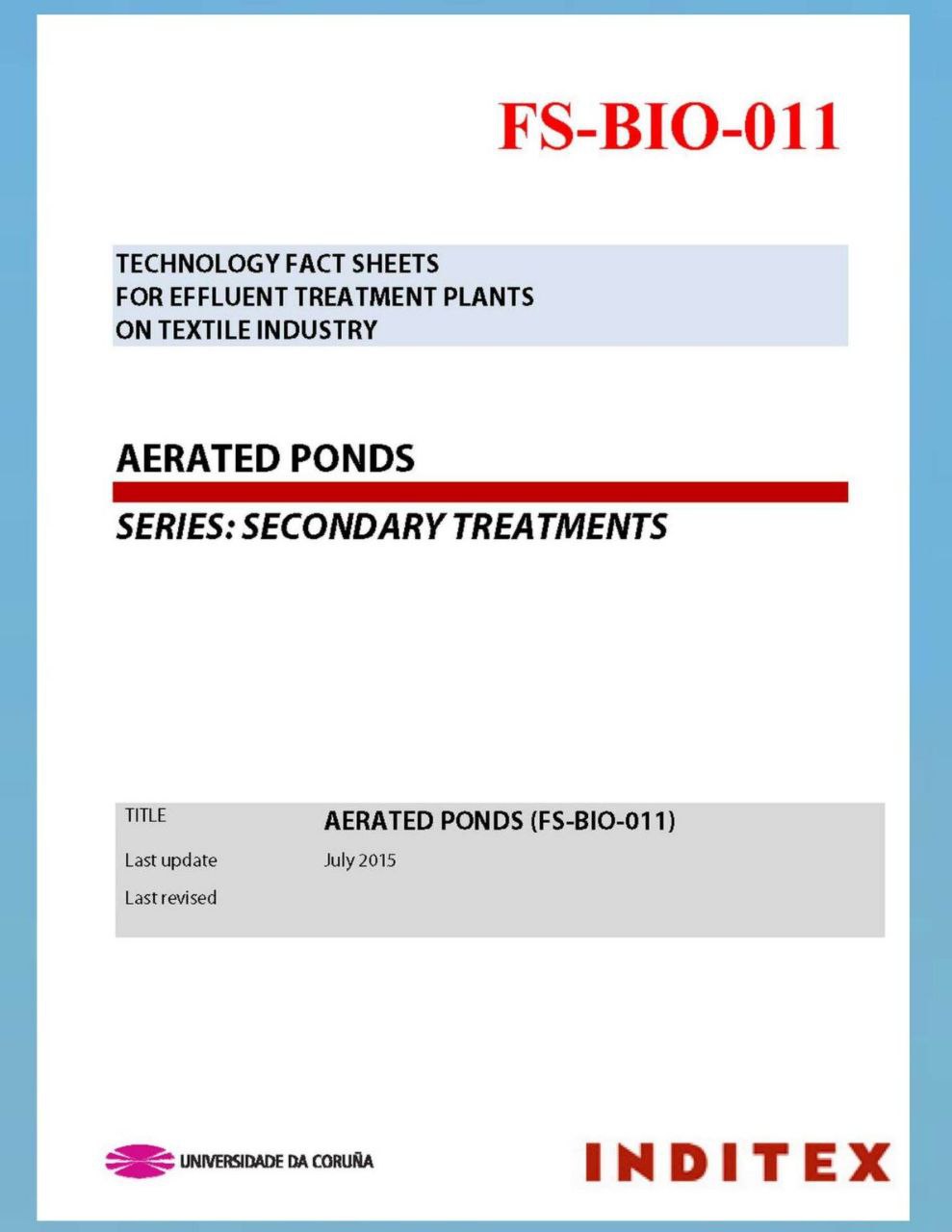
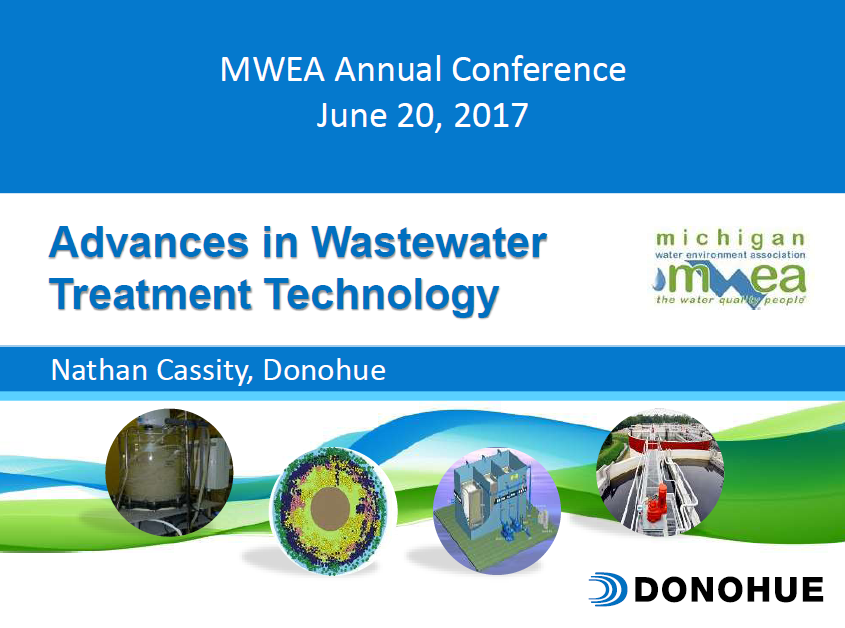
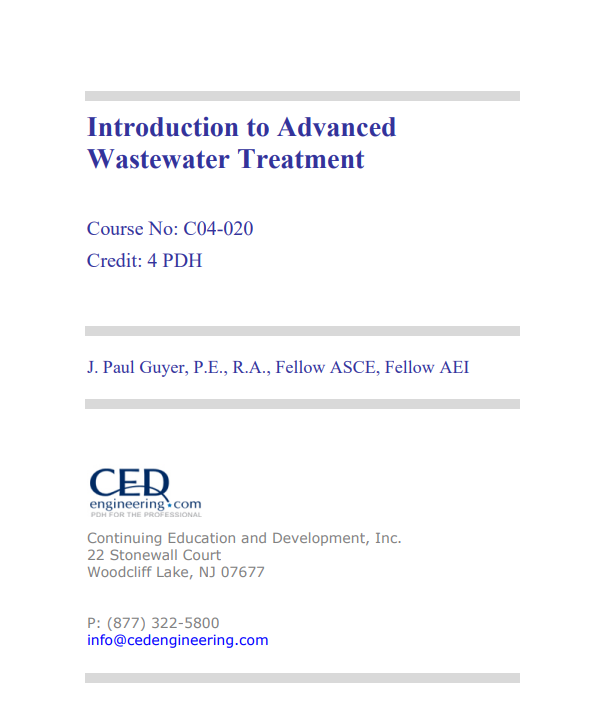
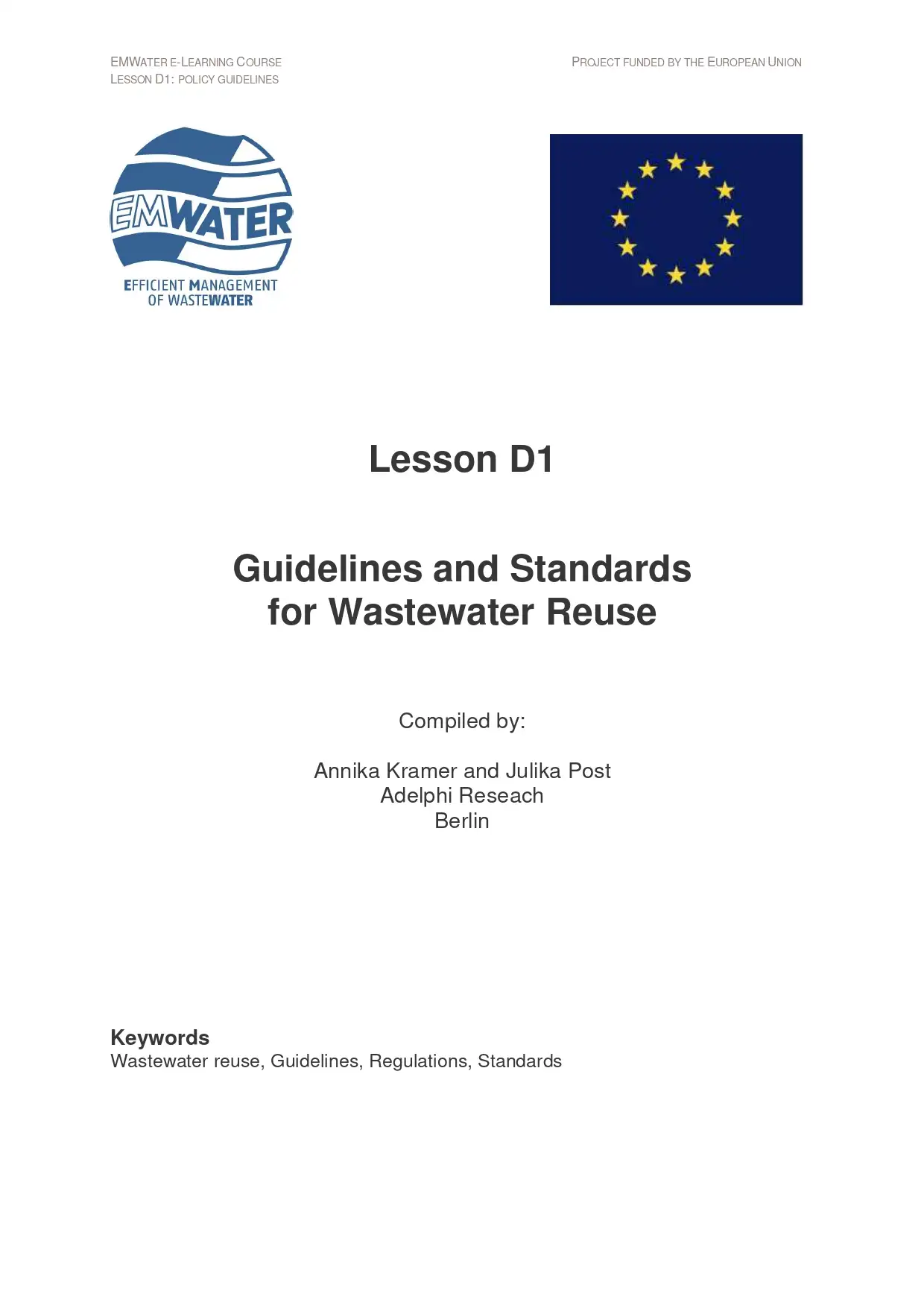
Reviews
There are no reviews yet.